Posters: American Style
An exhibit of 20th-century poster art relating to three subjects: commerce, propaganda, and patriotism. Presents approximately 135 posters, arranged into four thematic categories: "American Events"; "Designed to Sell"; "Advice to Americans"; and "Patriotic Persuasion." The selections--which concentrate "on major artists and images that have endured in our collective memory"--include 100-word biographical sketches of artists, short introductions for each category, and other pertinent background information. Special focus is directed to posters on the 1939 World's Fair, the war in Vietnam, the Black Panther movement, the moon landing, the motion picture Vertigo, the poem "Howl," Franklin D. Roosevelt's "Four Freedoms" address and Martin Luther King, Jr's "I Have a Dream" speech. Audio files and photographs related to these topics are included. The site also contains a 4,000-word essay by curator Therese Heyman, discussing the history and concept of poster art, notes on the process of production, and a discussion of the impact of posters. A site of particular interest to art historians and scholars of popular culture.
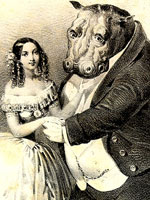
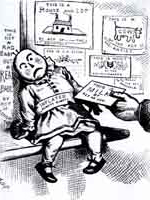
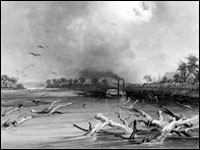
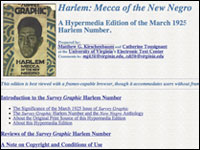
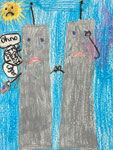

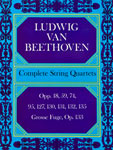

![Photo, [Mary A. Shanley, New York City detective - pickpockets' captor fears that she might look tough], 1937, Library of Congress Photo, [Mary A. Shanley, New York City detective. . . ], 1937, LoC](/sites/default/files/website_image/hsi150x113.jpg)